Talitha Getty: The hedonistic muse of Boho
You can’t talk about boho without citing Talitha Getty, the actress and socialite who has influenced a multitude of designers from the late 1960s onwards. Yves Saint Laurent recalled how “his vision changed” upon meeting her, entranced by her naïve innocence—a barefoot flower child in multicultural outfits and ethnic jewelry—and her wild decadence of drugs, sex, and rock and roll, with jet-setting house guests like the Rolling Stones and the Beatles.
Her photo wearing a caftan with boots together with her husband in a djellaba taken at their palace in Marrakesh is an eternal mood-board inspiration. Saint Laurent would often reminisce about them “in that starlit terrace, beautiful and damned, and a whole generation assembled as if for eternity where the curtain of the past seemed to lift before the extraordinary future.”

The French designer had never seen anyone like Talitha when he first went on holiday to the Moroccan city in 1967 so “he took in every visual detail. He was struck by the wildness and sexuality of it all, at that time so alien to Paris couture. It wasn’t just the clothes that affected Yves; the Gettys lived with a degree of indulgence and hedonism that he had never witnessed before,” wrote Alicia Drake.

“Bohemian” was not entirely new, derived from the French Bohémien originally associated with the Romani people in the 19th century due to a historical misconception that they originated from Bohemia in the Czech Republic. Their nomadic lifestyle inspired the bohemian subculture of those seeking an individualistic approach with a sense of freedom and self-expression.

In London, bohemianism was associated with the Pre-Raphaelites led by Dante Gabriel Rosetti, who found a muse in Jane Morris who had an unrestricted, flowing style of dress that epitomized the group’s unconventional art and lifestyle.
Talitha’s style, however, while having some traces of these roots, was a hippie deluxe version that had evolved from her personal circumstances, which started with her 1940 birth in Java, then part of the Dutch East Indies (now Indonesia). Her parents, Willem Jilts Pol and Adine Mees, were both artists and when her father subsequently married Poppet John, Talitha was exposed to the world of her stepmother, who was the daughter of the painter Augustus John, a pivotal figure of Bohemian culture and fashion.

Even John’s second wife and muse, Dorelia McNeil, was a bohemian fashion icon in the early years of the 20th century, known for her trademark ensemble of flowing skirts, bright colors and long, silver earrings, referred to as the “gypsy look.”
After spending the Second World War with her mother in a Japanese prison camp, they later moved to Britain, where Talitha studied at the Royal Academy of Dramatic Art (RADA) and took London by storm. “She was the most beautiful young woman I had ever seen… I gaped, unable to dissemble my amazement,” the writer Jonathan Meades said of the encounter in 1964. Conservative minister Lord Lambton sent her huge bunches of flowers almost every two hours and showered her with presents.
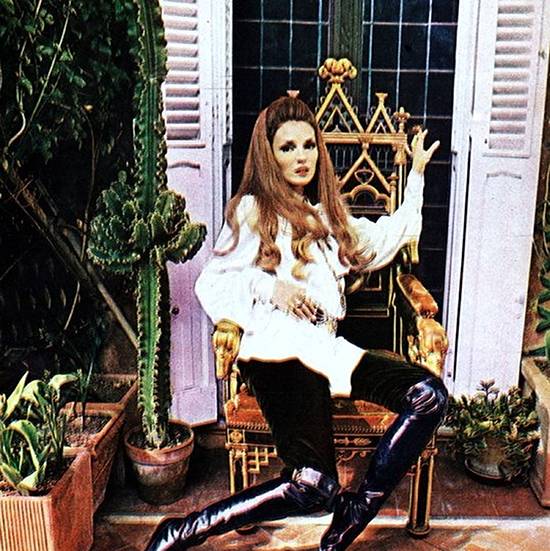
Even the great dancer Rudolf Nureyev was captivated by Talitha from the moment they first met at a party in 1965, claiming that he “had never felt so erotically stirred by a woman” and even wanted to marry her.
Claus Von Bülow, famous later for being convicted in the attempted murder of his wife, Sunny, was also taken by the Dutch beauty and invited her to parties at his Chelsea home, including one where she met her future husband, John Paul Getty Jr., son of the richest man in the world and heir to an oil fortune. Paul was immediately smitten and after a whirlwind courtship, they got married in 1966 in Rome, where she wore a white miniskirt with a hood trimmed in mink.

On honeymoon in Marrakesh, they bought the Palais Du Zahir, which would later be known as the “Pleasure Palace,” a glamorous riad that became “the place to be seen” with rock stars and denizens of “Swinging London” as well as young European royals “lamenting their lost kingdoms and British aristocrats abandoning their crumbling estates.”
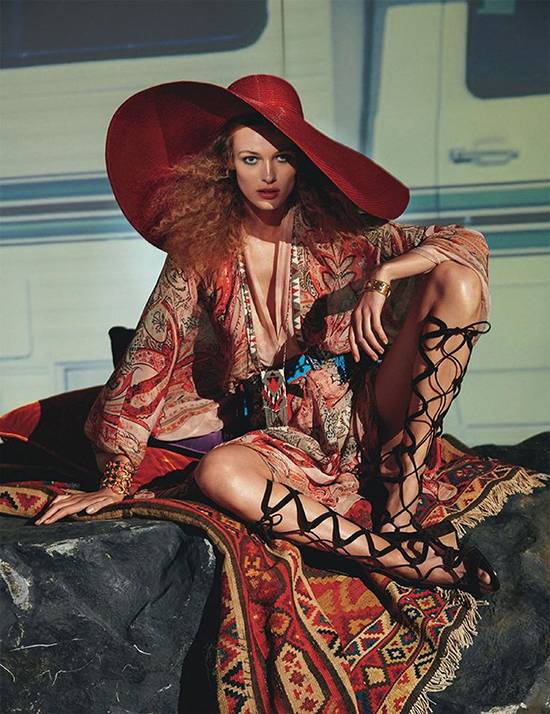
At one New Year’s party, John Lennon and Paul McCartney “were flat on their backs, they couldn’t get off the floor, let alone talk. I’ve never seen so many people out of control,” wrote John Hopkins.
Talitha had a flair for the theatrical, creating magical, luxurious interiors and hosting the most lavish parties that included performances from magicians and local dancing boys. Her fashion aesthetic was legendary, effortlessly combining an Asian upbringing with a European sensibility to pull together a unique mix of pieces from her global travels, where she collected handmade jewelry and clothing in rich silk with Islamic and other prints unique to their place of origin. Her bohemian style of Marrakesh-style caftans, djellabas, and harem pants became a reference for the world’s greatest designers and even Dina Vreeland once called her a “style icon of the century.”
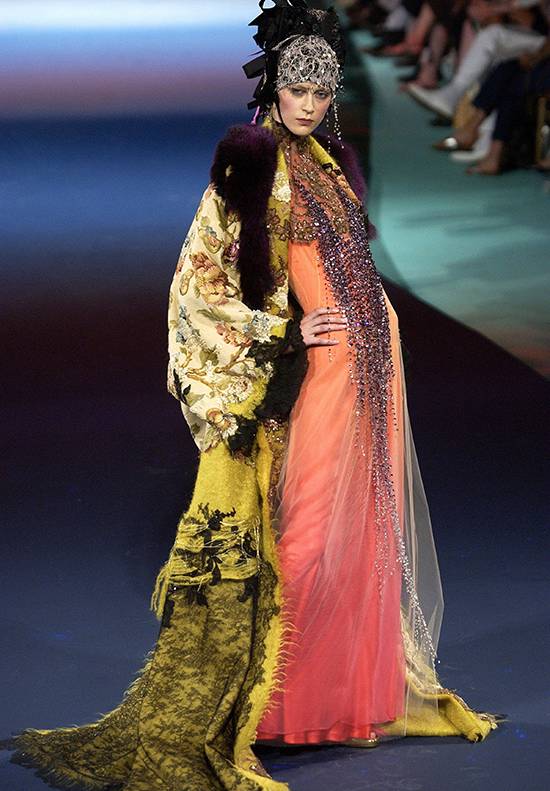
Sadly, after all the partying, Talitha and Paul became heroin addicts and even if the 1968 birth of their son, Tara Gabriel Gramophone Galaxy Getty, brought some stability to their lives, they still struggled with addiction and their relationship deteriorated, with both having affairs. Talitha’s liaison with the shady aristocrat Count Jean de Breteuil was particularly detrimental since he was a self-proclaimed “drug dealer to rock stars.”
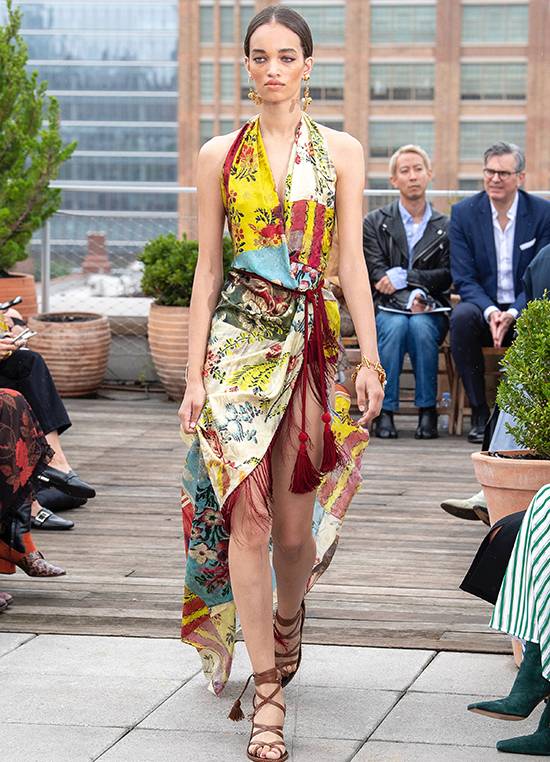
When Talitha decided to go to Rome to reunite with Paul and fix their marriage, what ensued was another wild night of partying, with Talitha dying of a heroin overdose on July 11, 1971.
At around the same time, her lover, the Count, went to Paris, where he sold a lethal dose of the same drug to Jim Morrison. Aside from Talitha and Morrison, Janis Joplin, Jimi Hendrix, and Edie Sedgwick all had untimely deaths within a 12-month period.
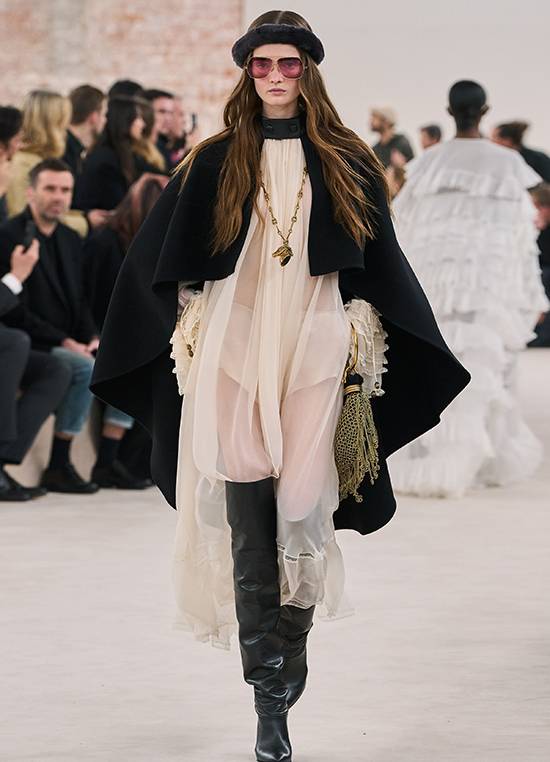
Just like them, Talitha will be remembered to this day when contemporary designers, from Marc Jacobs and Dries Van Noten to Tom Ford and Phoebe Philo, continually find inspiration from her. Pierre Bergé, Saint Laurent’s partner, captured her essence, saying “she arrived like a gust of wind, bringing a tornado with her when she married Paul, bringing something new to that family and to the whole world. She was a very beautiful woman who never even thought of being dressed by an haute couture house despite having the means to do so. She was very touching and very pretty. Yes, she was all of that but above all, she was a completely free character, and that, that was very important.”



